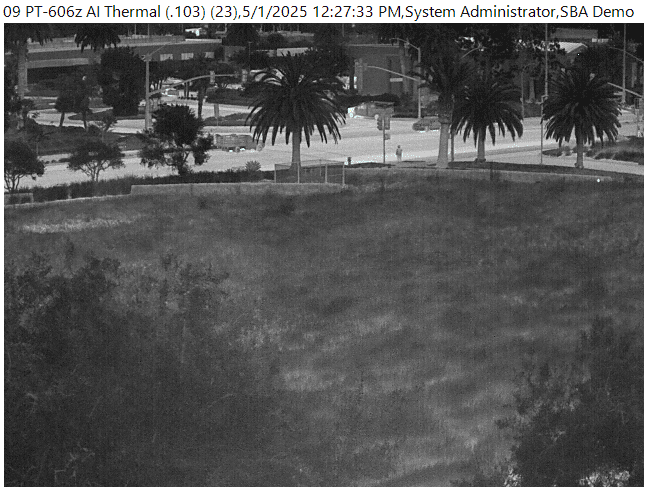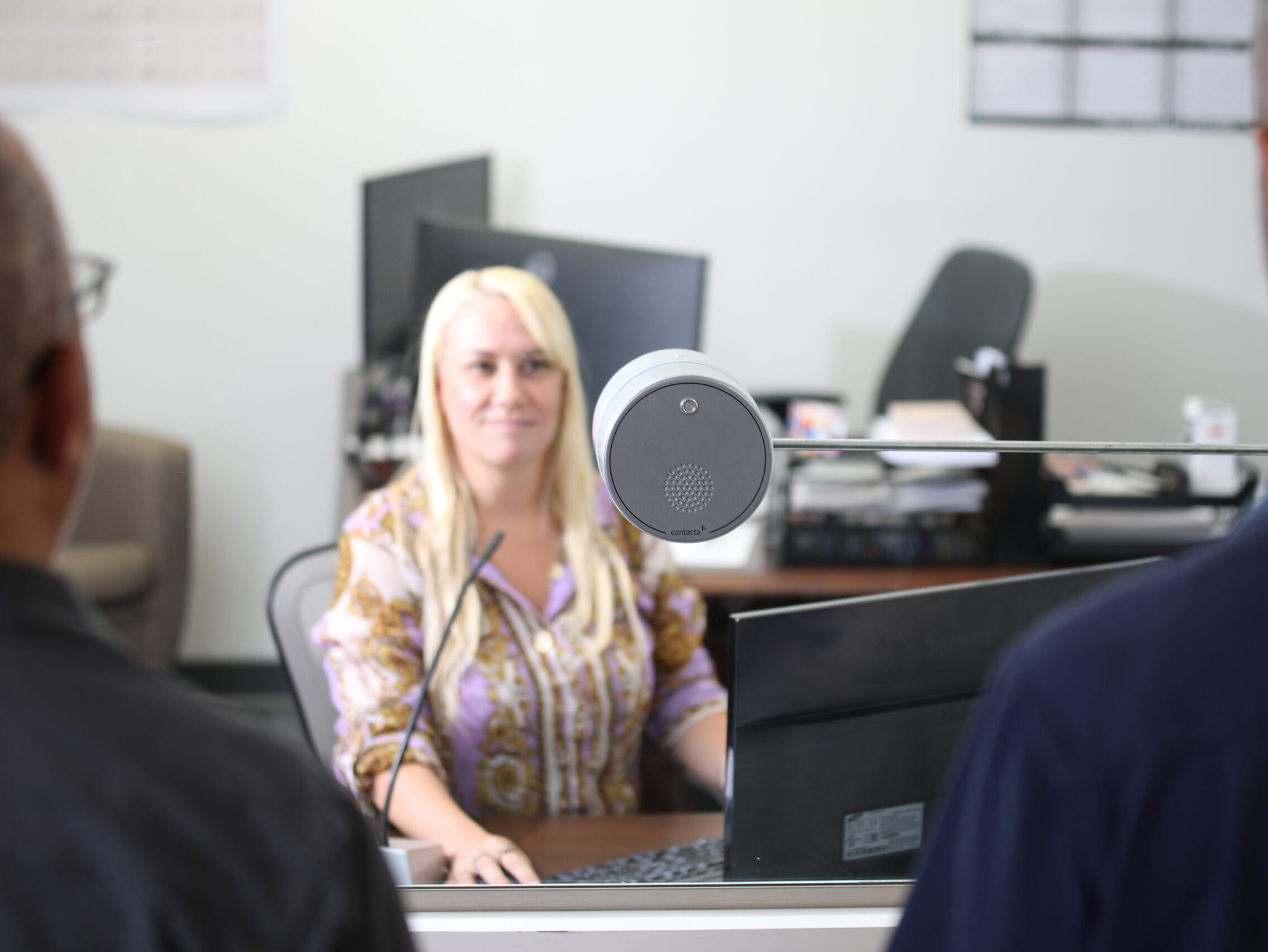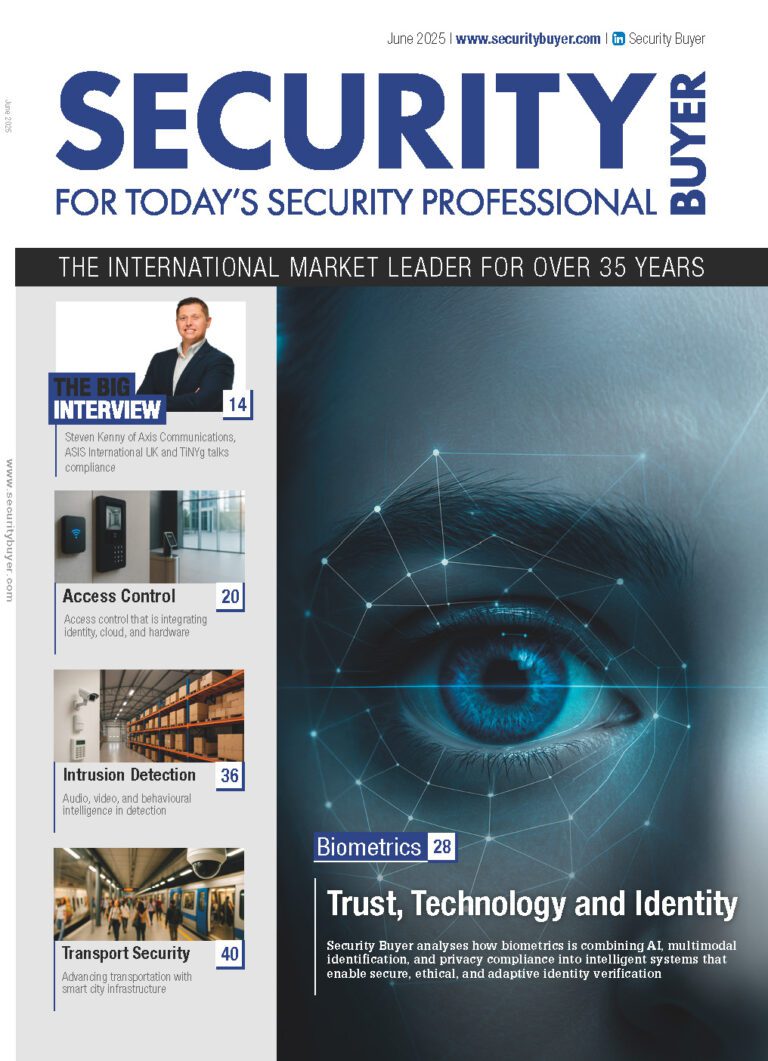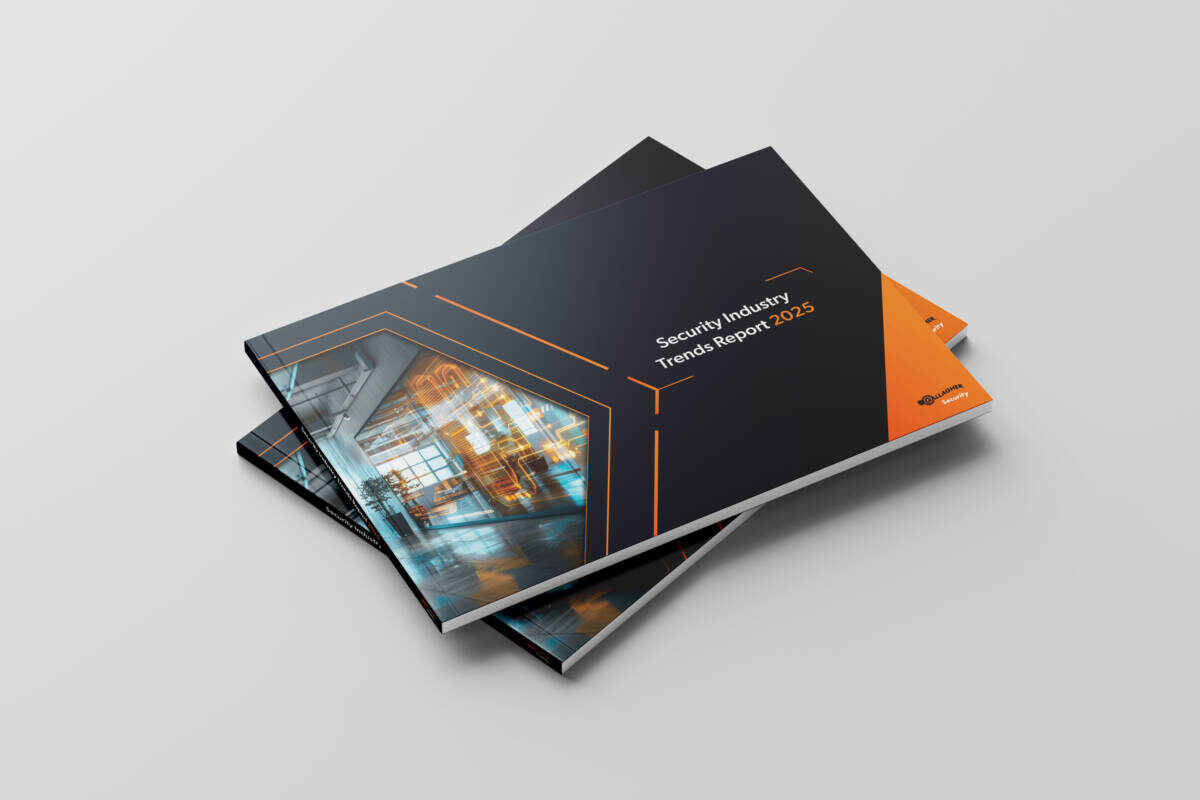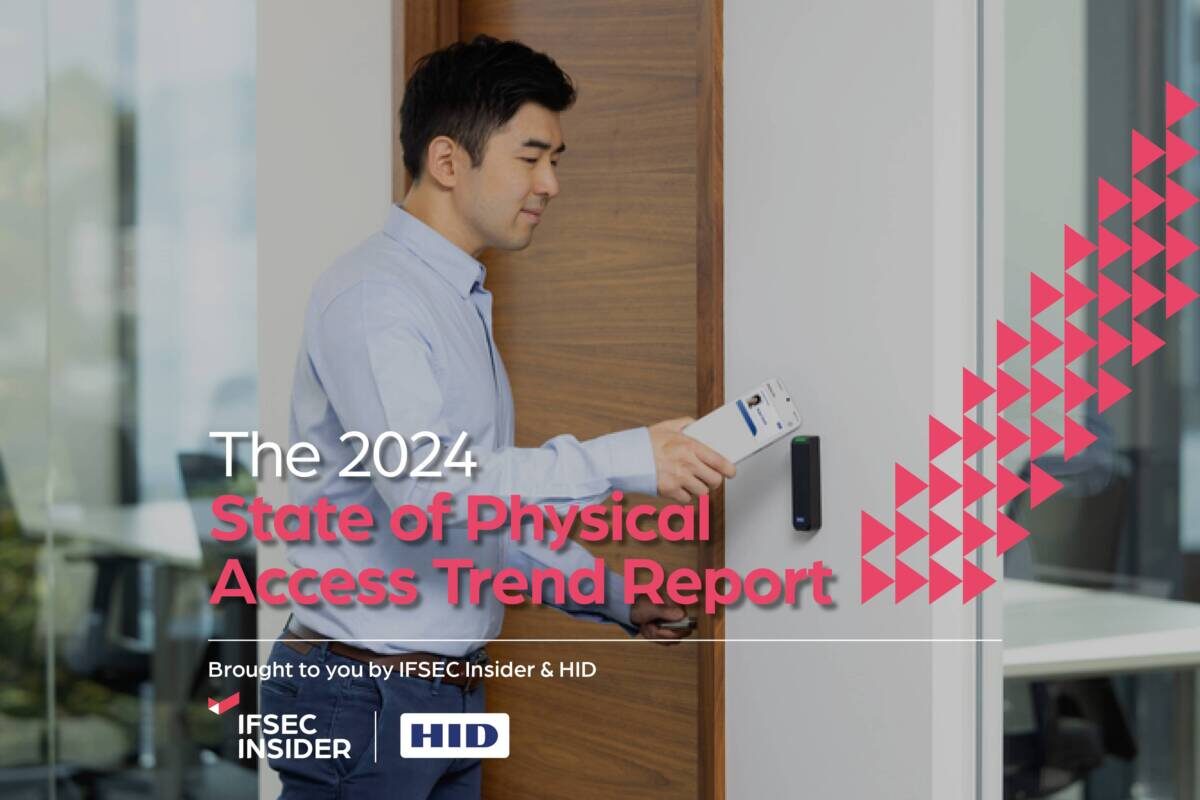Physical security and cyber security predictions for 2016
As we head into a new year, Tim Compston at SecurityNewsDesk gives security vendors and industry experts an opportunity to share what, in their opinion, is likely to make waves security-wise over the next 12 months.
Video surveillance growth
Catching-up with Jon Cropley, a principal analyst at IHS, for his predictions around video surveillance in 2016, he thinks that by and large it will be a continuation of the trends that have already been occurring in the market: “We are forecasting overall growth next year of 10 percent for the global market but within that you have got some big differences so we are saying that standalone analogue will decline whilst the network video surveillance market will grow by nearly 19 percent and then the HD (High Definition) CCTV market will grow by almost 40 percent.” At the same time, Cropley explains that there is expected be high price erosion with companies striving to develop solutions to avoid their products becoming ‘commoditised. He also wonders if 2016 will be the year on the business front when consolidation in the market starts to accelerate.

Collaboration key in cybercrime battle
In the realm of cyber security, according to Carmina Lees, director security business unit, IBM UK and Ireland, the company will be pushing in 2016 for even-greater public and private sector collaboration to tackle cybercrime: “Cybercrime is akin to a pandemic. Left unchecked, cyber threats can quickly spread and infect businesses and governments alike. Similar to how the containment of a pandemic requires global collaboration across the public and private sector, the same holds true for cyberattacks.”
Lees says that, to date, the vast majority of organisations have been reluctant to share the security intelligence they collect, largely due to proprietary, legal and sensitivity concerns. The strong message from Lees is that this data is crucial to battling cybercriminals: “We cannot afford to keep it to ourselves for a moment longer.”
In the end, Lees reckons, companies should be competing on their ability to deliver actionable intelligence to clients using threat data, not simply on providing the data itself: “Perhaps this is a business model that we will see building over 2016”. Already she says that IBM has taken a lead here: “We opened up our own extensive threat database (20+ years of data, 700TB) as a catalyst to spark this global collaboration that will help safeguard our economies and privacy.”
Top trends
Based on consultants responding to security incidents, IBM Emergency Response Services (ERS) recently spotlighted key cybercrime trends. The first concerns so-called ‘onion-layered security incidents’ where investigating one event reveals an older, often significantly more damaging hidden attack. Ransomware is also, according to the ERS team, big business for cybercriminals who hold data hostage via encryption. A further cybercrime trend on the radar is ‘malicious insider attacks’ where disgruntled ex-employees wreak havoc by setting up access before walking out the door. A concerning pattern that has emerged from ERS investigations here is that administrative user accountability often goes unenforced. On a brighter note, it is suggested that high-profile breaches have increased interest in cybercrime prevention at management and board level.
Risk realities
For Kevin Mahaffey, co-founder and cto at mobile security specialist, Lookout, in the future cybersecurity effectiveness will be measured more by risk reduction rather than technology deployment: “Simply having security equipment or products is no guarantee of safety, those technical solutions need to actually reduce risk. Organisations need to shift their thinking to focus on risk reduction rather than implementation.” Mahaffey also foresees a world where everyone uses their smartphone as a ‘multi-factor authentication element’ and becomes more important than the passwords people use now.
In the opinion of Peter Ainsworth, director – EMEA marketing, at Tyco Security Products cybersecurity is also going to be one of the most pressing issues on the radar of security equipment manufacturers next year: “Last year we saw customer concerns and industry awareness of cyberattacks continue to increase.” To help combat this, Ainsworth reveals that Tyco has taken an aggressive stance: “We have formed internal teams of engineers who focus on performing security vulnerability assessments and ongoing monitoring, managing third-party penetration testing, and improving the overall response for threat management.”
Mobility matters
Another area where Ainsworth anticipates continued activity for 2016 is in the realm of mobility: “What started a few years ago as a simple check box in the list of features provided to customers has grown into an unmistakable customer demand. Apps are now important to the point where customers are redefining their operations around mobility and demanding that it flexes to their needs.” Additionally, Ainsworth says that Tyco is seeing integration and unification as major trends that will remain high on the agenda for 2016, driven, in particular, by strong customer interest in harnessing business intelligence and adopting a single ‘user-friendly’ interface.

Over hyped?
Offering his thoughts on the year ahead, Clym Brown, marketing director at Texecom, says that although the smart home and ‘Internet of Things’ concept is becoming a world-wide phenomenon as of yet actual customer purchases have not lived up to the hype, something he doesn’t expect to change any time soon: “The principle reason for this is the lack of interoperability between different home devices and a lack of a clear eco-system for devices to connect to. This is resulting in end user customer confusion and is delaying the smart-home becoming an effective mass-market proposition.”
Connected systems
A trend which Brown suggests will have more prominence in 2016 relates to connected systems: “These are systems that do not form part of a wider eco-system but are connecting over IP and cloud-based services to enhance the value and user experience. None more so than in the home security sector, where residential security systems are now offering app based smartphone interactivity that feature push-based notification of system events and direct IP camera streaming.” Brown goes on to say that these added features put homeowners in control of their own security, without affecting any professional security monitoring services that may be in place.
Brown adds that the proliferation of wireless security sensors is set to continue making, he believes, connected residential home security system installations even easier to implement than ever before: “Mesh-based wireless sensors are ideal for covering large areas, and the ability to quickly deploy wireless security and home automation devices are increasing the appeal of connected secure homes.”

In the cloud
Julie Kenny, chairman and chief executive of Pyronix, thinks that the standout trend for 2016 will be the continuation of merging applications and cloud infrastructure into security offerings on the domestic front: “This innovation delivers a multitude of advantages and possibilities. End users can remotely control their home system by setting and un-setting their alarm, checking sensor status, receiving push notifications and checking their event history. There will also be an increase in the variety of automation devices included, allowing end users to open and close blinds, gates and garages, along with control over lighting, heating, sprinklers and so on, as the technology develops.”
To sum-up Kenny believes the good news for the security industry is a shift in attitude from the customer simply viewing a security system as a ‘grudge purchase’ to more of a ‘desired lifestyle choice’: “The industry is commencing a journey which will see security systems becoming desired integrated packages of home/business automation and monitoring,” concludes Kenny.
Access Control – the death of proprietary systems
On reflection John Davies, managing director at TDSi – is of the opinion that, from a technology and access control point of view, there is more to come from biometrics in 2016. Alongside this, other themes he draws out include: the requirement for more open access control systems, and more open systems in general across the electronic security landscape, the interoperability of systems and ease of integration: “That is going to become more and more prevalent so proprietary systems are pretty much becoming a thing of the past. If there are still proprietary systems out there they are going to go by the wayside with a lot of people wanting more open systems,” reflects Davies.
In addition, Davies spotlights the expanding footprint of IT people across the security landscape: “No longer is it just physical security people specifying security systems. With the advent of IP all these systems exist on the same network and there a growing number of people involved in other parts of organisations – beyond those with a security background – who are actually specifying and putting systems onto the overall corporate network.”

From Biometric to BLE
Taking an access control perspective, Philip Verner, regional sales director, EMEA at CEM Systems, agrees that there has been an explosion in biometrics and that this will remain a key development for 2016: “All aspects of biometrics are being looked at and employed and have become more reliable. I think the whole multi-modal approach to biometrics will be more prevalent.” Alongside this, Verner suggests that contactless access control is likely to gain a bigger foothold: “Using your phone for access control in certain sectors and certain deployments will become more available. You put your credentials on to your mobile phone and that becomes your access control device.” Regarding the technology behind this, Verner says that most vendors are looking towards BLE (Bluetooth Low Energy): “NFC [Near Feld Communication] is still there but the deployment on BTLE means that it is now available on many different phones and the read range is much longer as well,” concludes Verner.
As we head into 2016 it will be interesting to see which of these predictions actually come to fruition, which fall by the wayside.
[su_button url=”https://www.securitynewsdesk.com/newspaper” target=”blank” style=”flat” background=”#df2027″ color=”#ffffff” size=”10″ radius=”0″ icon=”icon: arrow-circle-right”]To read more from the SecurityNewsDesk Newspaper click here[/su_button]




